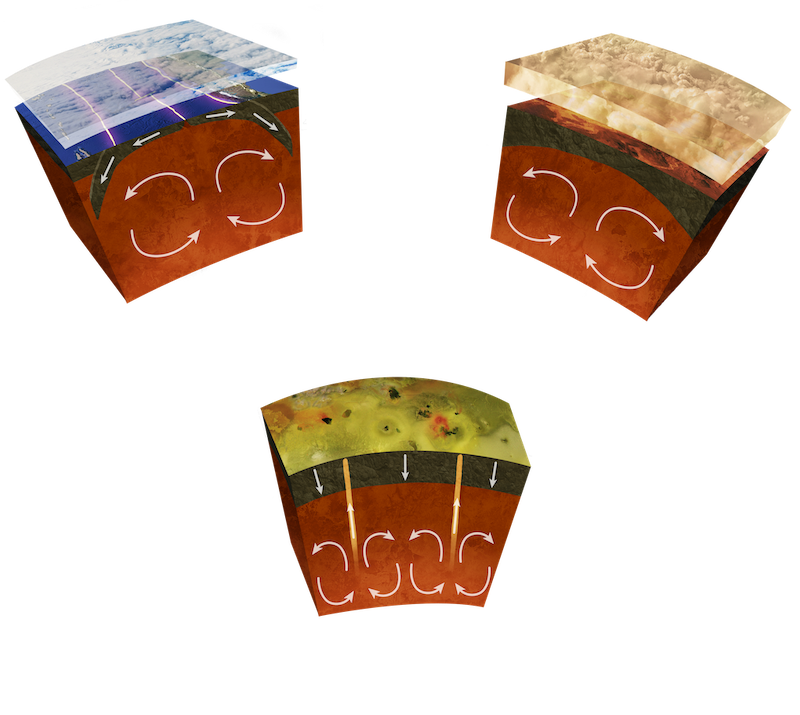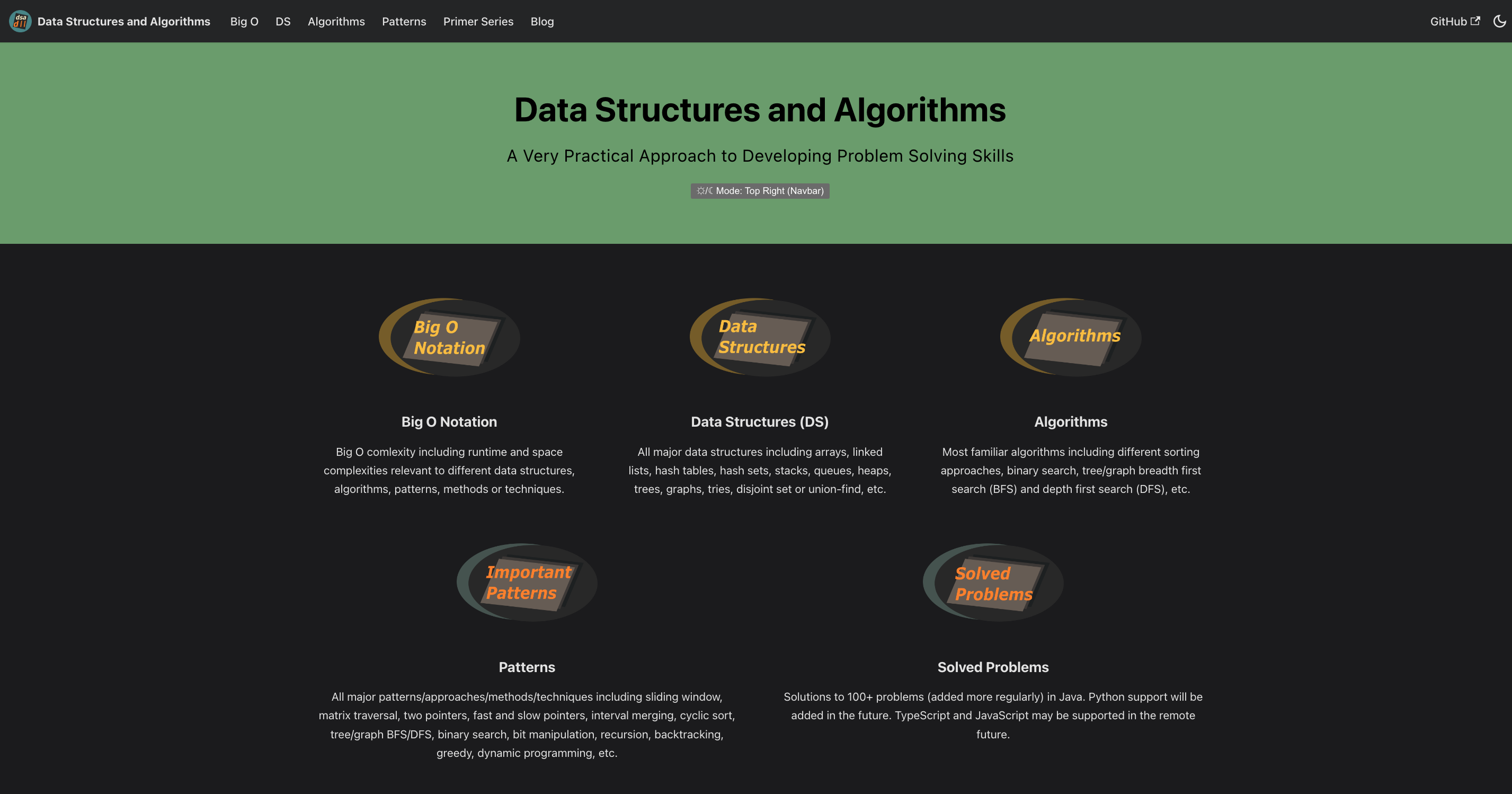Debajyoti Basu Sarkar
Table of Contents
HOME
Introduction
 I am a physical scientist that is driven my deterministic principles, and intrigued by stochastic tools. Fundamental and applied problems I am interested in fall mainly within the purview of earth, environmental, and planetary sciences. Six key words or phrases: geophysics, solid planet, climate and sustainable environment, energy, data analytics/science, and systems science.
I am a physical scientist that is driven my deterministic principles, and intrigued by stochastic tools. Fundamental and applied problems I am interested in fall mainly within the purview of earth, environmental, and planetary sciences. Six key words or phrases: geophysics, solid planet, climate and sustainable environment, energy, data analytics/science, and systems science.
Theme ONE: Heat loss mechanisms within planetary interiors and planetary climate. Employs the fundamental principles of fluid mechanics, constrained by the empirical evidences derived from geological field studies, geophysical data, laboratory studies including geochemical experiments, as well as remote sensing and in situ observations. It aims to identify and understand the basic geophysical processes—and their geological consequences—associated with the efficiency, or rather inefficiency, of buoyancy-driven convection within the solid interior of a planet over geologic time. One important goal here is to contribute to a predictive understanding of the divergent tectonic and climate outcomes for terrestrial planets within the solar system and beyond—including Venus, Earth, Mars, and terrestrial exoplanets. Simply put, I want to know: What physical processes are responsible for a habitable Earth and an inhabitable Venus or Mars?
Theme TWO: Sustainable environment that is compatible with a civilization supporting 8+ billion humans, including technology development and fundamental science contributions. Read more here.
Theme THREE: Energy inlcuding applied sciences (e.g., petroleum geology) and relevant technologies (e.g., vertical/horizontal drilling).
Theme FOUR: Data analytics and science. I am purusing my M.S. in data science (part time because of my full-time employment) at the University of Texas at Austin, TX, USA.
More About Theme ONE: Click to Here to Collapse/Expand
At present, my research involves modeling and simulating early thermal history of terrestrial bodies. It emphasizes the role of lithospheric stress state and planetary surface temperature to determine the tectonic regime exhibited by these bodies. Surface temperature can act as a simple proxy for planetary climate. Established by the greenhouse effect, it also serves as the primary feedback between the atmosphere and mantle. Meaning, planetary surface temperature can link atmospheric evolution to the dynamics of the deep interior of terrestrial bodies. I also worked on the thermal evolution of Titan's crust to investigate the source of its atmospheric methane.
To address problems in solid Earth geophysics and planetary science, I use high performance computing to capture the dynamics of planetary mantle in numerical experiments. Geophysical, geochemical, and geomorphological data provide critical information about the formation and evolution of Earth and other planets—required to better constrain my modeling work. I am pursuing data analysis projects along with participation in missions to acquire these data.
General Statement
I am always looking forward to working on interdisciplinary projects. I am passionate about research efforts that cross traditional disciplinary boundaries—for example, following a systems science approach—to leverage and expand my skill set.
Education
I received my Ph.D. in planetary science in 2021 from the Department of Atmospheric and Planetary Sciences, Hampton University, Hampton, VA, USA. My dissertation research was supported by The Living, Breathing Planet team, a founding member of NASA’s Nexus for Exoplanet System Science (NExSS) research coordination network. Also, I was a graduate research assistant at the National Institute of Aerospace. In 2019, I received my M.S. in planetary science from Hampton University. I got my first master’s degree in geology from the University of Oklahoma, Norman, OK, USA. As an undergraduate student, I studied geology at the University of Dhaka, Dhaka, Bangladesh. My high school years were split between Mymensingh Zilla School, Mymensingh, and Notre Dame College, Dhaka, both in Bangladesh.
Keybase Public Profile
- For verified personal links: https://keybase.io/dbasusarkar
PGP/GPG
- Link to the public key: C90D 0A0F 301D 4A03 BA46 3207 7145 51F3 7EBF 6BE1
IRC
-
dbasusarkaron##sci_compat https://libera.chat (Libera.Chat)
Keyboard Shortcuts to Navigate This Web Page
| Key | Action |
|---|---|
n |
Next Tab |
p |
Previous Tab |
< |
Scroll to Top |
> |
Scroll to Bottom |
- |
Collapse All |
+ |
Expand All |
g |
Reload the Tab |
RESEARCH
Planetary Dynamical Modeling and Habitability
Divergent Evolution of Earth and Venus

The theory of planetary heat pipes now tells us Venus and Earth may follow separate ways even though they shared a similar beginning. In the context of exoplanet studies, this means rocky planets with a hot surface—or with a thick atmosphere that acts like a blanket—may not exhibit plate tectonics. Credit: Debajyoti Basu Sarkar/William B. Moore/Martina Pepiciello
License: Creative Commons Attribution 4.0 International (CC BY 4.0)
Download/Citation/DOI: https://doi.org/10.5281/zenodo.7439770
ALSO READ: P1, N1
Thermal and Tectonic Evolution of Terrestrial Bodies Within Solar System and Beyond
Coupled Evolution of Mantle Dynamics and Planetary Climate
Icy Satellite: Titan
- Abstracts: A1 and A2
- Recorded Talk: Rheology and thermal state of Titan’s crust: potential role of methane clathrate
- Thesis: T1
Environmental Sustainability
Air Quality
- Peer-Reviewed Publications
- Manuscript in preparation
- Manuscript in preparation
- Abstract: A4
Petroleum Geology/Drilling Technologies
Not Available
PUBLICATIONS
Peer-Reviewed Publications [View on ADS]
- Manuscripts in preparation
- (P1) Basu Sarkar, D.; Moore, W. B. (2022). Influence of planetary surface temperature on the tectonic transition from heat pipes. Geophysical Research Letters, 49, e2022GL100987. https://doi.org/10.1029/2022GL100987 [PDF || Citation || Metrics]
Abstracts [View on ADS]
- (A4) Basu Sarkar, D.; Bhatta, S. Investigating PM2.5 Pollution in the Kathmandu Valley Using Data Predicted by Machine Learning Models, Abstract A44B-07 presented at 2023 Fall Meeting, AGU, San Francisco, Calif., 11-15 Dec. [Talk | Read the abstract here]
- (A3) Basu Sarkar, D.; Moore, W. B. Climatic evolution and habitability of terrestrial planets: perspectives from coupled atmosphere-mantle systems, Abstract P41B-2079 presented at 2016 Fall Meeting, AGU, San Francisco, Calif., 12-16 Dec. [Poster | Read the abstract here]
- (A2) Basu Sarkar, D.; Elwood Madden, M. Rheology and thermal state of Titan’s crust: potential role of methane clathrate, Abstract P42B-07 presented at 2014 Fall Meeting, AGU, San Francisco, Calif., 15-19 Dec. [Talk | Read the abstract here]
- (A1) Basu Sarkar, D.; Elwood Madden, M. Clathrate hydrate stability models for Titan: implications for a global subsurface ocean, Abstract P41E-1973 presented at 2013 Fall Meeting, AGU, San Francisco, Calif., 9-13 Dec. [Poster]
Dissertation
Theses
- (T2) Basu Sarkar, D. Lithospheric stress regimes on heat-pipe planets. Master’s Thesis, Hampton University, 2019
- Advisor: Dr. William B. Moore
- Advisor: Dr. William B. Moore
- (T1) Basu Sarkar, D. Rheology and thermal state of Titan’s crust: potential role of methane clathrate. Master’s Thesis, The University of Oklahoma, 2014
- Advisor: Dr. Megan E. Elwood Madden
- Advisor: Dr. Megan E. Elwood Madden
LINKS
GitHub
PUBLIC OUTREACH & MEDIA
News
(N1) November 29th, 2022: HU Researchers Find that Hot Surface Means No Plate Tectonics for Venus or Rocky Exoplanets
Scientific Illustrations
(I1) Divergent Evolution of Earth and Venus

The theory of planetary heat pipes now tells us Venus and Earth may follow separate ways even though they shared a similar beginning. In the context of exoplanet studies, this means rocky planets with a hot surface—or with a thick atmosphere that acts like a blanket—may not exhibit plate tectonics. Credit: Debajyoti Basu Sarkar/William B. Moore/Martina Pepiciello
License: Creative Commons Attribution 4.0 International (CC BY 4.0)
Download/Citation/DOI: https://doi.org/10.5281/zenodo.7439770
ALSO READ: P1, N1
